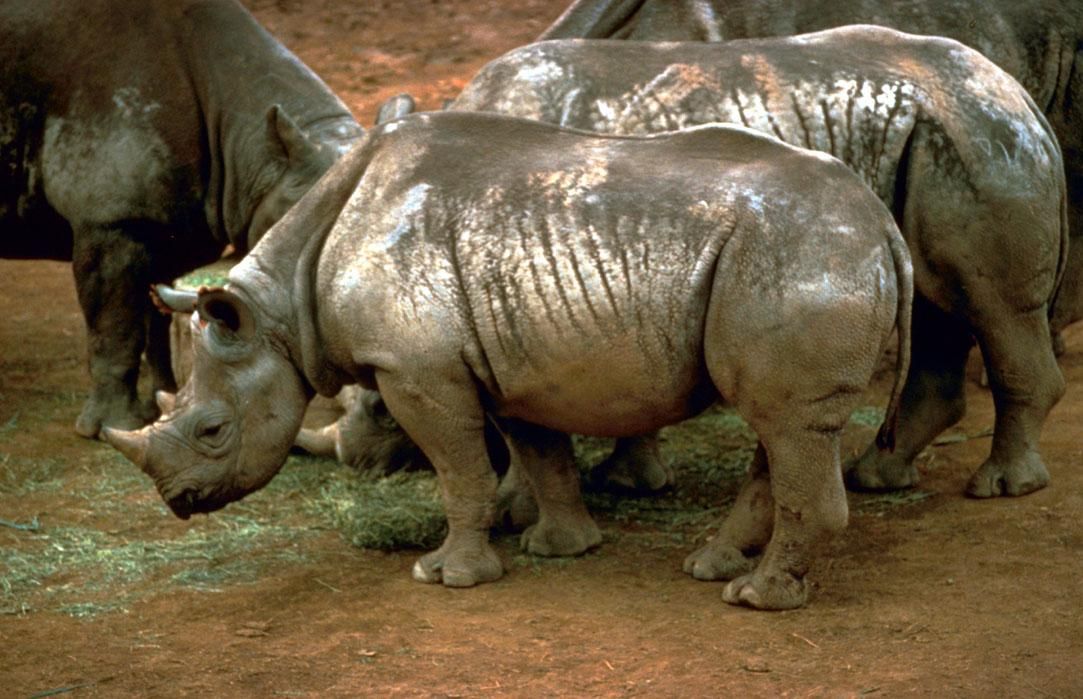

Only African and Asian elephants are taller at the shoulder than the two largest rhinoceros speciesthe white, or square-lipped, rhinoceros.

They are also present in African forests. rhinoceros, (family Rhinocerotidae), plural rhinoceroses, rhinoceros, or rhinoceri, any of five or six species of giant horn -bearing herbivores that include some of the largest living land mammals. Madikwe is quickly becoming one of the best destinations to view black rhino, combined with a scenic landscape, great wild dogs and the rest of the "Big Five".Ĭlick here to read more about the plight of the black rhino at World Wildlife Fund. Black rhinoceroses live in various habitats that range from deserts to grasslands, both tropical and subtropical. Tswalu Kalahari Private Reserve is home to one-third of South Africa's black rhino population. Extensive searches throughout the black rhinos last known habitat in northern. s (2017) study also found that the historic range of the Western Black Rhino (D. The West African black rhino appears to have become extinct, according to a leading global conservation group. This western area of Namibia is home to the largest free-ranging population of desert-adapted black rhino. Rhinoceros (hereafter Black Rhino) recognised by the IUCN SSC African. Selous is home to one of the largest populations of black rhino in East Africa. LOCATION: From Cameroon in the west to Kenya in the east, and south to South Africa. The front horn is larger and may reach 140 cm (55 in) in length, although its usually 50 cm (20 in) long. Ol Pejeta Wildlife Reserve is Africa's largest black rhino sanctuary, while Lewa Wildlife Conservancy is one of the most successful. African rhinoceros in general exhibit 2 horns, consisting of keratin. The Western Black Rhinoceros had a few unique features in this subspecies, including a square based horn. These are the best regions to view these elusive creatures in the wild, each focused on conservation and anti-poaching efforts: Africa is home to fewer than 5,000 critically endangered black rhino, down from nearly 100,000 in the early 20th century.


 0 kommentar(er)
0 kommentar(er)
